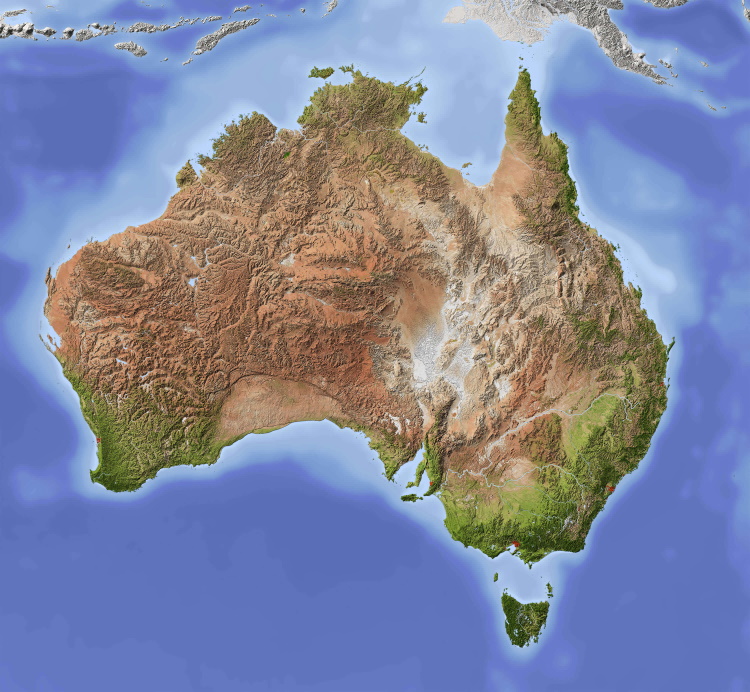It seems a good time to remember, in amongst the rhetoric of election campaigns that all parties will keep house prices where they are.
The way back to affordability is 10-20 years of marginal house price growth, to enable housing to come into line with long term trends. Fluctuations that are radical pose radical problems for politics. So they opt for the sustained. This is what I think Australia’s (and others) future housing comes down to the (continued) debasement of currency through broad (stealth) taxation.
What a game.
I suspect voting preferences will swing around the late 30s quite bad :-/


I see it as more of a demand and supply issues. I’m an engineer and all my unpaid overtime over the last few years never resulted in an adequate pay increase because too many qualified people want my job, despite the value it added the company, which leading the market in a competitive new technology. The bargaining power isn’t there.
I see it as a supply and demand issue, too.
Supply of humans is so high that it has eroded bargaining power. Add in immigration and it is known that this has suppressed wage growth. Hence why I think in the 30s and beyond will be wild. The supply of humans will be reversed as global fertility trends continue. The WHO forecasted stat’s on world population from 2050-2100, and beyond, shows a decrease. If this plays out houses are going to be cheap as chips through this period, and all the ‘real estate empires’ will lose their shirt.